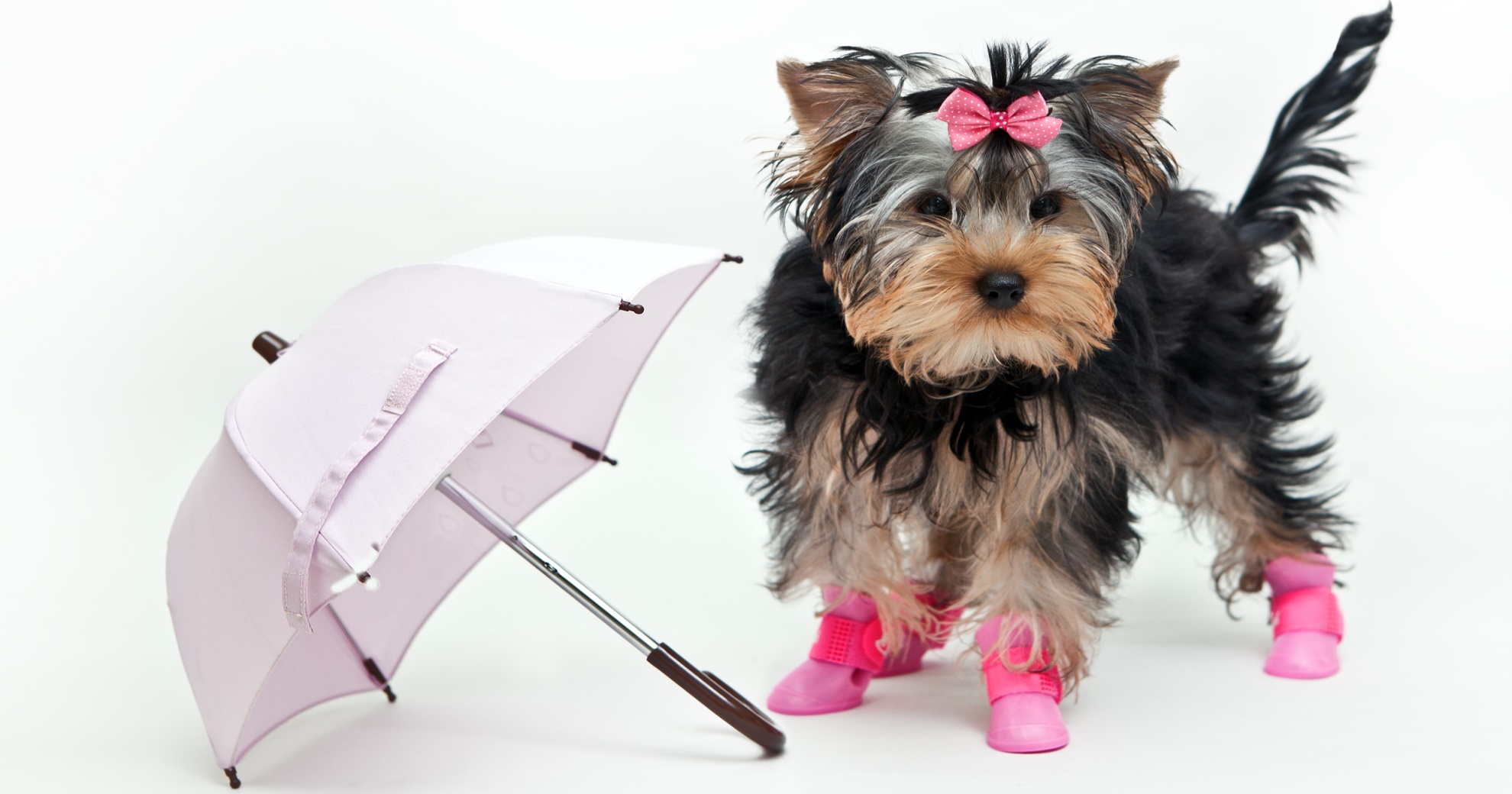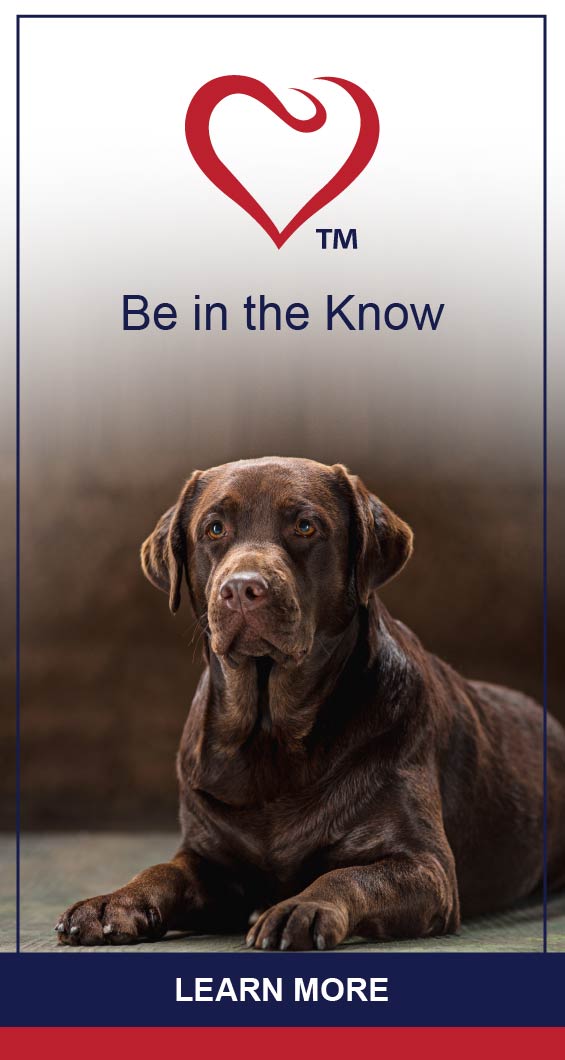LIFESTYLE & MORE

TRENDING

SIGN UP and Start Receiving
Our Monthly Newsletter,
The Chronicles
Dogs And Boots

Dogs’ paws are naturally made to withstand rough surfaces, but with extreme temperatures their paw pads may get worn out and thus create a painful experience for them.
Dog boots are more than just fancy footwear and provide all sorts of protection, whether you are out braving hot pavements, hiking or battling the elements. Wearing boots not only protect precious paws, but give your dog more freedom to enjoy the outdoors and have more play time.
Paws need a little more ‘pawtection’ from ice, snow, salt and chemicals when your dog is out walking or hiking in winter. They are also vulnerable to burns and blisters in hot weather when walking on hot sand, pavements, rocks or boulders.
Keep in mind that not all dog boots are created equal and some are designed for hiking rocky, off-road trails, some to safeguard injured paws, and others are geared specifically to protect paws from ice, snow, chemicals and salt.
When your pooch is walking on cold ground, the blood vessels in his paws narrow to help preserve heat in his body’s core and if the vessels remain constricted for too long, the reduced blood flow can lead to tissue damage and frostbite. Salt and deicing chemicals (chemicals used to remove ice), particularly sodium chloride and various calcium salts can irritate your canine’s paws and skin and even cause chemical burns in extreme situations.
FINDING THE RIGHT BOOTIE:
- Boots must be flexible enough to feel comfortable, but still allowing durability and support.
- Snug around the ankles.
- Have a bit of space at the toes.
- Allow some wiggle room, but still offer support.
- Have anti-slip soles.
- Water-resistant dog boots are not the same as waterproof dog boots, which will provide much greater protection if you are planning to walk in standing water, creeks, or soft, wet snow.
HOW TO GET YOUR DOG COMFORTABLE WITH DOG BOOTS:
- Start by rewarding your dog for looking at the boots, smelling them, or moving towards one in your outstretched hand.
- Teach your dog to allow you to handle his paws. Work on one foot at a time and start with 5 minutes, every other day. With patience and treats nearby your pooch will soon get comfortable with you touching his paws.
- Once your dog has a positive reaction to the sight of his boots and is comfortable with you touching his paws, you can introduce his new booties.
- If your dog gets scared or barks, go back to the previous most successful step and repeat.
- You can even put the boots next to his food bowl, which will teach him to associate the boots with good things.
- Lightly touch his paw with the boot or rub the material gently on his paws. Once your dog is comfortable with the above steps and you notice him wagging his tail when he sees the boots, put one boot on without fastening it and remember to give him a reward, then slip it off again. Do for a couple of training sessions or until he is more focused on the treat than the boots.
- Repeat the process with all four boots until you have successfully gotten them on your dog at the same time.
- When your dog is comfortable with a loose bootie on each paw, secure one bootie, rewarding him at the same time, then taking it off. Do this one-at-a-time for each paw until your dog is comfortable.
- Next try to secure a bootie to each paw and leave them on for a couple of seconds, reward your dog, and take them off. Increase the amount of time he spends in his booties during each training session.
- Once your pooch is comfortable wearing all four boots at the same time, allow him plenty of time to acclimate to wearing his booties and to walk around the house before taking him outside or on a walk. Remember to reward him constantly during the first couple of walks!
GENERAL TIPS:
- If your dog refuses to wear the boots, stop trying for a week.
- Use a toy as reward if a treat doesn’t do the trick.
- Do whatever you can to help your dog build a positive association with the booties. Perhaps have him wear his booties while he eats breakfast or dinner, or while you play a quick game of tug or fetch.
SAFETY TIPS:
- Measure the width and length (from the heel of the pad to the tip of the toenail) of your dog’s paws while still on the ground. Always check the manufacturer’s sizing chart and compare your dog’s measurements with it for the best possible fit.
- Choose boots that are waterproof with textured soles to help your pet stay steady on slippery surfaces.
- Make sure the boots are not too tight or too loose.
- Inspect boots regularly to make sure there are no holes, rips or any major wear and tear signs and that the fasteners work and the soles are solid.
- Also consider dog coats and sweaters to keep your pooch warm and cozy all winter long.
HEALTH CONDITIONS:
Wearing boots can also help if your dog had an operation on or near a paw and will help keep the paw stable and offer protection from dirt and debris. Dog boots can also serve orthopedic purposes and provide support to older dogs who may have hip problems. Boots can also provide extra cushioning and protect toes from getting rubbed raw and improve mobility for senior dogs that drag their feet while walking. In addition to offering needed traction, boots can help to prevent “toe curling” or toe dragging,” which can occur for a variety of reasons including arthritis, spinal disease, and general weakness.
Some dogs aren’t huge fans of booties but still need protection. Consider non-toxic natural wax that rubs right onto the pads of your dog’s feet to create a barrier from harsh conditions. The wax absorbs quickly and is semi-permeable, so your dog’s paws will be able to breathe and sweat while still being protected.
![]()
Dog boots not only benefit pooches, it also helps to keep your home clean when Charlie joyfully bounces in with water, mud and other grimy things on his paws. Dogs’ nails can also wreak havoc on hardwood floors or other scratchable floor coverings.
Cuteness Warning: Don’t forget to capture your dog’s first steps with his new booties on!
Related Articles















